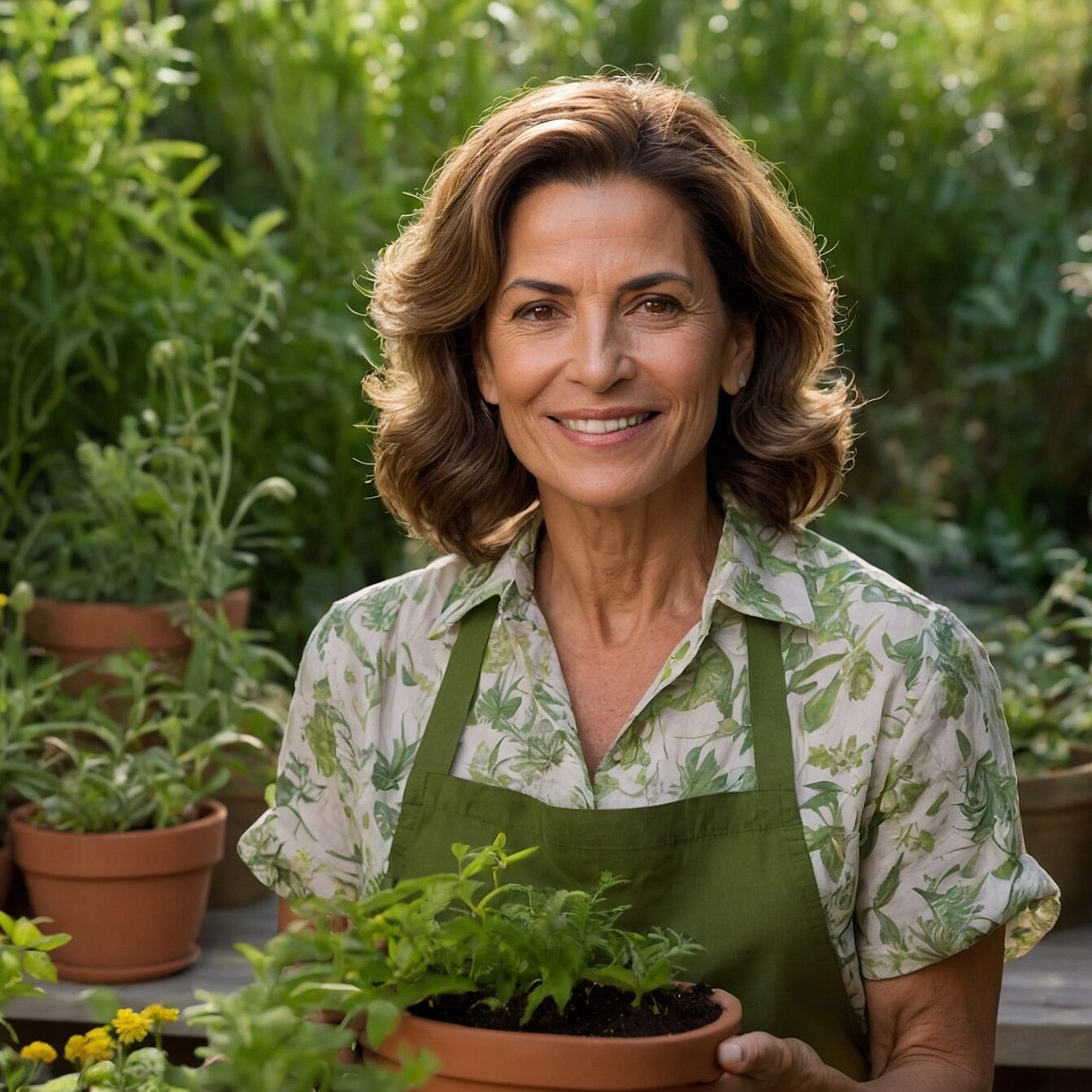Table of Contents
Introduction
Welcome to the fascinating world of Plectranthus, a plant that captivates with its diversity and adaptability. This botanical genus encompasses a wide variety of species, each one delighting gardeners with its unique beauty. From lush foliage to vibrant flowers, Plectranthus conquers space in gardens and homes, offering a rich and visually stimulating botanical experience. In this article, we’ll delve into the distinct characteristics of Plectranthus, exploring its origins, applications and the meanings that this multifaceted plant carries with it.
Meaning of Plectranthus
In addition to its aesthetic beauty, Plectranthus carries symbolic meanings. Traditionally associated with prosperity and good luck, this plant has found its place not only as a decorative element, but also as a touch of positivity in diverse environments. Explore the intriguing facets of Plectranthus with us, discovering how this plant goes beyond the ornamental, taking root in cultural and aesthetic meanings around the world.
| Item | Information about Plectranthus |
|---|---|
| Common Name | Plectranthus |
| Botanical Name | Varies according to species |
| Family | Lamiaceae (mint family) |
| Plant Type | Herbaceous perennial |
| Adult size | Varies between 30 cm and 1 meter |
| Sun exposure | Half shade to full sun |
| Soil type | Well-drained and rich in organic matter |
| soil pH | Slightly acidic to neutral (6.0 to 7.0) |
| Flowering Season | Spring to fall (varies by species) |
| Flower color | Various, including purple, pink and white |
| Native Area | Africa, Asia, Australia, South America |
| Toxicity | Generally non-toxic, but varies by species |
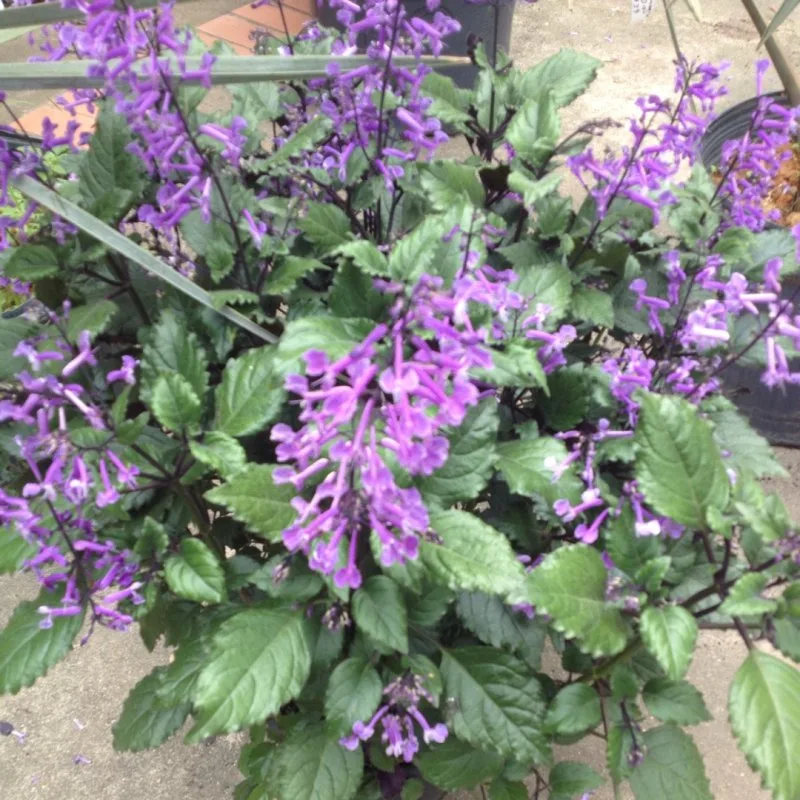
How to Care for Plectranthus
Discover the secrets to prosperous cultivation of Plectranthus, a versatile and charming plant. In this comprehensive guide, we’ll explore the essential care, from the proper choice of light to the fertilization needed to keep your Plectranthus vibrant and healthy.
Adequate light:
Ensure that your Plectranthus receives bright indirect light to partial shade for healthy growth. Avoid direct exposure to strong sunlight, especially during the hottest hours of the day.
Well-prepared soil:
Plectranthus thrives in soil that is well-drained and rich in organic matter. Ensure a balanced soil mix to promote healthy root development.
The Importance of Water:
Keep the soil of the Plectranthus slightly moist, watering when the top of the soil is dry to the touch. Avoid waterlogging, as Plectranthus is sensitive to excess moisture.
Ideal temperature and humidity:
Plectranthus prefers temperatures between 18°C and 24°C and moderate humidity. Protect the plant from extreme temperatures and provide a comfortable environment for growth.
Fertilizing strategies:
Fertilize Plectranthus during the period of active growth with a balanced fertilizer. Light, regular fertilizing will help maintain the plant’s health and vitality.
By following these care guidelines, you will ensure that your Plectranthus blooms exuberantly, providing an exotic and vibrant addition to your space. Enjoy the journey of caring for this unique plant and enjoy its lasting beauty.

How to make Plectranthus cuttings
Step 1: Choosing cuttings: Select healthy, young cuttings about 10 to 15 centimeters long. Choose to cut below a node to promote root development.
Step 2: Removing Lower Leaves: Remove the lower leaves from the cutting, leaving only a few at the top to optimize water absorption.
Step 3: Planting in Suitable Substrate: Plant the cuttings in a light, well-drained substrate, ensuring that at least one node is buried. Water moderately.
Step 4: Cover and Humidity: Cover the cuttings with transparent plastic to create a humid environment. Keep the soil slightly moist during the rooting process.
How to plant Plectranthus
Soil Preparation: Choose a spot with indirect sunlight to partial shade and prepare well-drained soil rich in organic matter for planting.
Distance Between Plants: When planting Plectranthus, leave adequate spacing, allowing the plants room to grow and branch out.
Initial Watering and Care: Water the seedlings after planting to ensure the necessary humidity. Monitor it regularly to prevent the soil from drying out.
By following these careful steps, you’ll be well on your way to propagating healthy Plectranthus seedlings and planting them successfully in your garden. Enjoy the rewarding process of seeing your seedlings turn into lush plants.
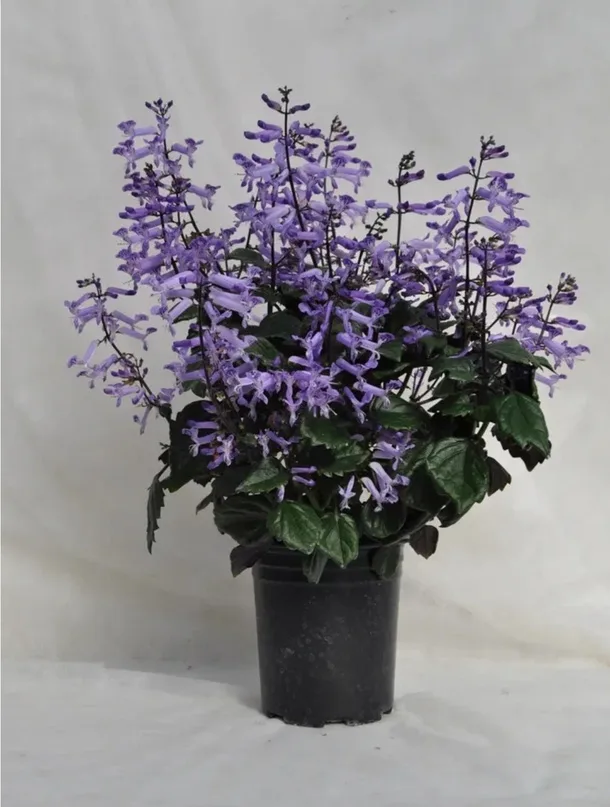
Most common pests and diseases
1. Mealybugs(Coccoidea): These small sucking insects can affect Plectranthus, causing damage to the leaves. Combat with natural pesticides or remove by hand.
2. Aphids (Aphididae): Aphids are another common pest that feeds on the sap of Plectranthus. Use soapy water or specific pesticides to control the infestation.
3. Fungi (Miscellaneous): Fungi such as powdery mildew can appear, causing white spots on the leaves. Apply appropriate fungicides and avoid watering the leaves directly.
4. Whiteflies (Aleyrodidae): These small flies can cause damage to Plectranthus leaves. Use sticky traps or natural repellents to combat them.
Common Problems and Their Solutions
Yellowing leaves
Cause: A lack of nutrients can result in yellowing leaves.
Solution: Apply a balanced fertilizer to correct the nutritional deficiency.
Sudden wilting
Cause: Wilting can be caused by too much or too little water.
Solution: Adjust watering as necessary to maintain a proper water balance.
Leaf spots
Cause: Fungal diseases can cause leaf spots.
Solution: Apply fungicides and remove affected leaves to prevent the disease from spreading.
When facing these challenges, quick identification and the application of appropriate solutions are essential to maintaining the health and vitality of your Plectranthus. Keep an eye out for the signs and adopt preventative practices to ensure successful cultivation.
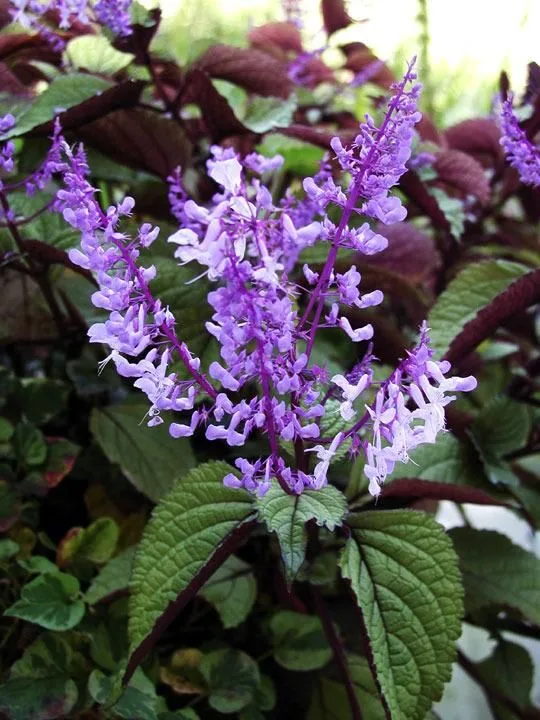
Fascinating Curiosities
1. Variety of Species: The Plectranthus genus is home to more than 350 species, presenting an incredible diversity of shapes, colors and sizes. Each species has unique characteristics, offering fascinating options for plant collectors.
2. Use in Traditional Medicine: Some species of Plectranthus have been used in traditional medicine, exploiting medicinal properties such as anti-inflammatory and expectorant properties. Its aromatic leaves are often associated with health benefits.
3. Adaptation to Indoor Conditions: Many varieties of Plectranthus are known for their tolerance to indoor conditions, making them popular choices for home environments. Their ability to thrive indoors adds versatility to indoor gardening.
Myths Unraveled
1. Plectranthus as a Natural Repellent: Although some species of Plectranthus have insect repellent properties, it is important to note that their effect can vary. Don’t rely exclusively on Plectranthus as your sole pest control measure.
2. Lunar Influence on Flowering: A common myth is that the lunar phase influences the flowering of Plectranthus. Although the moon can exert some influence on plants, other factors, such as light and temperature, play a more significant role in flowering.
3. African and Asian origins: Many species of Plectranthus are native to Africa and Asia, debunking the belief that all varieties have exclusively African origins.
By exploring these curiosities and dispelling myths about Plectranthus, you’ll deepen your appreciation for this versatile plant. From its medicinal properties to its ability to adapt to different environments, Plectranthus continues to surprise and delight plant lovers around the world.
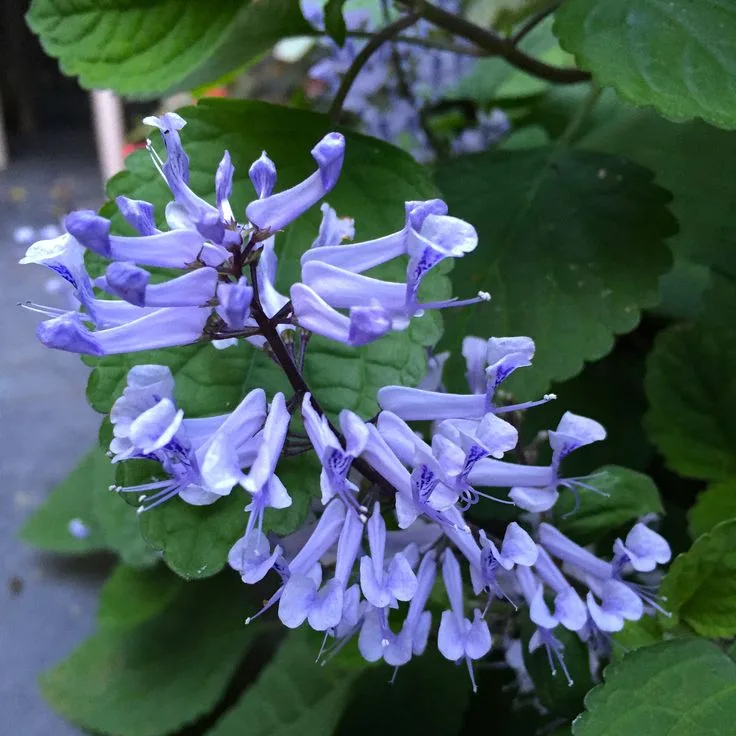
Conclusion
By exploring the universe of Plectranthus, we delve into a realm of botanical diversity, intriguing curiosities and unraveling myths surrounding this fascinating plant. The range of more than 350 species in this genus reveals the richness and versatility that Plectranthus offers gardening enthusiasts. From its African and Asian origins to its remarkable adaptation to indoor conditions, Plectranthus captivates not only for its beauty, but also for its resistance and medicinal applications.
We debunk myths surrounding the lunar influence on flowering and highlight the multifaceted role of Plectranthus in traditional medicine. As a natural repellent and a valuable member of indoor gardens, this plant offers more than beauty; it is a constant source of discovery and appreciation. By caring for Plectranthus, we cultivate not just plants, but connections with nature and a deeper understanding of biodiversity that enriches our lives. May this guide inspire gardeners to explore the wonders of Plectranthus and celebrate the richness this plant brings to our green spaces.
Frequently Asked Questions
How to care for the Plectranthus plant?
Caring for the Plectranthus plant involves a few essential steps. It is crucial to provide it with adequate exposure to light, preferably bright indirect light. The soil should be well-drained and rich in organic matter. Watering should be moderate, avoiding waterlogging, and the ideal temperature is between 18°C and 24°C. In addition, the application of balanced fertilizers during the period of active growth contributes to its health and vitality.
What is Plectranthus Plant used for?
Plectranthus has many uses, both ornamental and medicinal. In the context of gardening, its varied species are appreciated for their attractive foliage, vibrant colors and adaptability to indoor environments. In medicinal terms, some species of Plectranthus are exploited in traditional medicine for their expectorant, anti-inflammatory and other health benefits. Plectranthus transcends its aesthetic role, offering multifaceted benefits.
